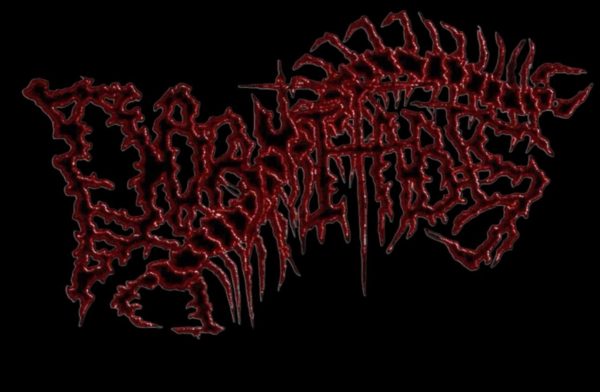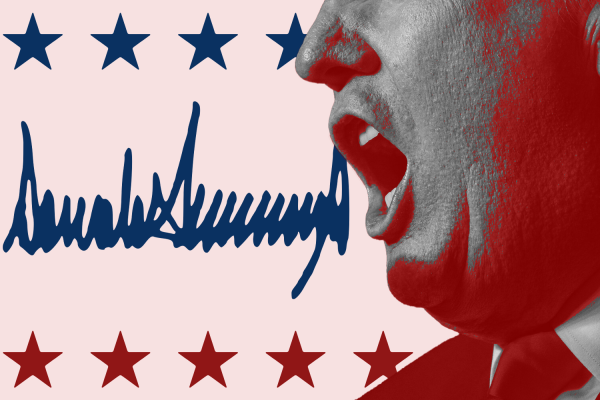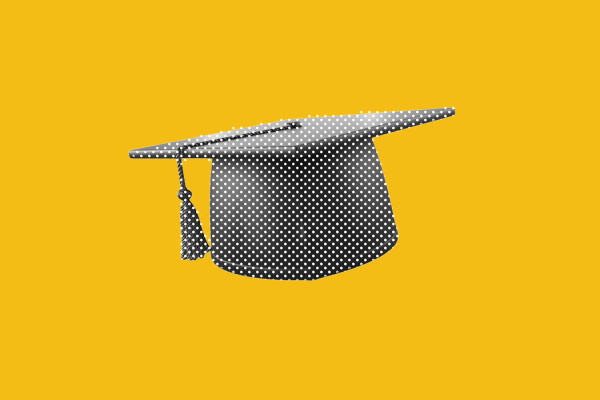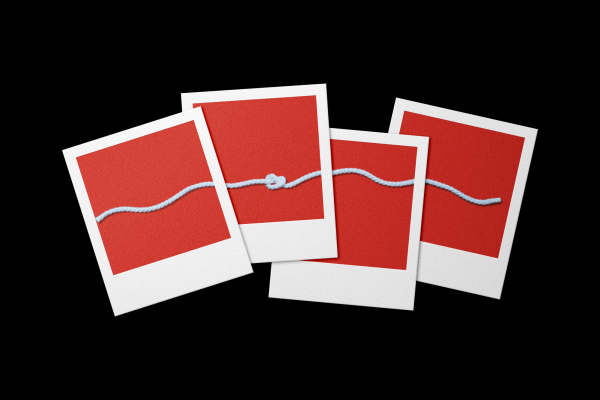Is Elf On The Shelf Too Creepy?

Image by istock
Elf On The Shelf
Starting in 2005, The Elf on the Shelf became a common Christmas tradition which entails an elf who watches over childrens’ behavior and reports to Santa during the 25 days leading up to Christmas. However, this phenomenon is a little too creepy for some parents, and it seems to cause more harm than good. While each kid has their own reaction, The Elf on the Shelf seems to result in worsened behavior, anxiety and sneakiness in children.
Extrinsic motivation, motivation that comes from an outside source, is the primary proposal that this mischievous elf is built on. Kids will behave well if they feel they will get more presents from it, and due to these nightly reports on their manners to Santa, it’s practically guaranteed. However, by relying on rewards as pure motivation for being good, it can undermine any intrinsic motivation- doing something for the sake of it or being internally motivated. Elf on the Shelf serves as a big factor in the destruction of the development of many kids’ intrinsic motivation. Children won’t behave well just to behave well, but they will if they want to gain something. This can quickly go wrong, as those who purely use extrinsic motivation become apathetic towards performing a task once the reward is taken away. Especially if they believe they’re already being unfairly punished, the kids can be quick to throw away any previous kind-hearted behavior because they’ll get coal for Christmas anyway.
Additionally, the idea of something watching a child constantly could sprout paranoid behavior. The concept creeps out some parents, which explains why many hesitate before purchasing this smiling doll. The idea of consistent monitoring could cause major anxiety, particularly in curious children who frequently make simple mistakes or those who struggle with impulse control. Self control isn’t typically developed until the ages of 5 to 7, and on the toy box itself, it says that the manufacturer’s recommended age is “three years and up.” Needless to say, a lot of kids whose households are displaying their own elf don’t think about its surveillance before they act.
On the contrary, while it may cause good behavior as a result of extreme anxiety, these Santa’s helpers can promote sneakiness as well. The thought that while the elf isn’t watching, the kid can indulge in any bad behavior that they’ve been carefully slacking off on can sabotage the whole goal of the elf in the first place. The kids are acting well, but behind closed doors and especially when parents aren’t watching, kids can have their first experience at hiding something that they aren’t supposed to be doing. Then, once again, the children have landed with worse behavior than before, as a consequence of the introduction of The Elf on the Shelf.
Luckily for Georgia residents, as of November 2021, Cobb County Superior Court Judge Robert D Leonard II banned these troublesome toys. For the benefit of both children and tired parents, seemingly widespread relief took place. Maybe when it comes to the idea of scaring kids into behaving well for Christmas, we should have stuck with coal for presents.
Your donation will support the student journalists of McNeil High School. Your contribution will allow us to purchase equipment and cover our annual website hosting costs.

Hello! My name is Camryn Lee and this is my third year on The Trailblazer staff. I really enjoy writing opinion and entertainment related articles. I also...










